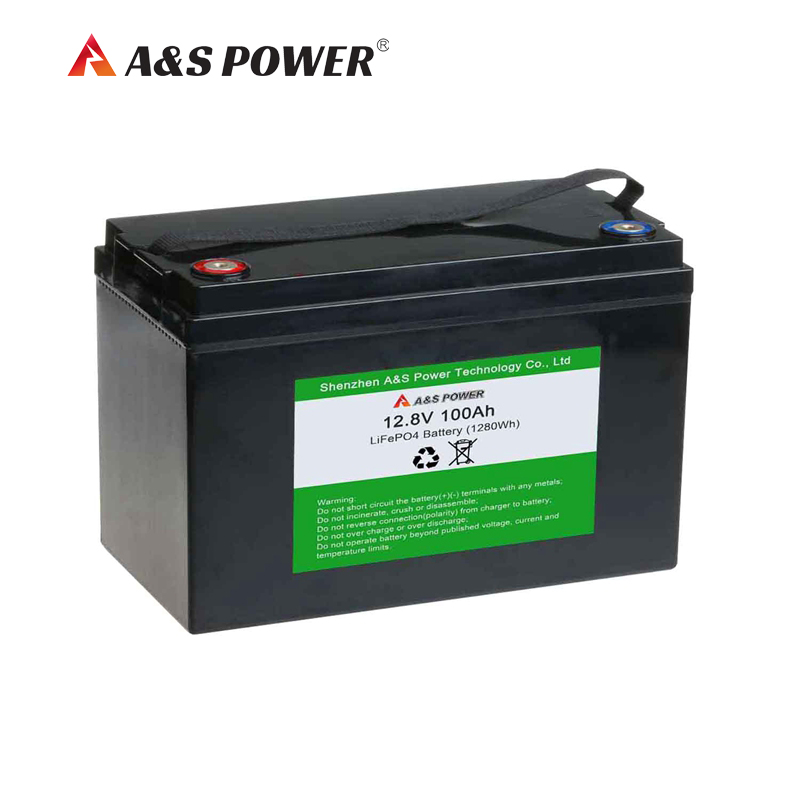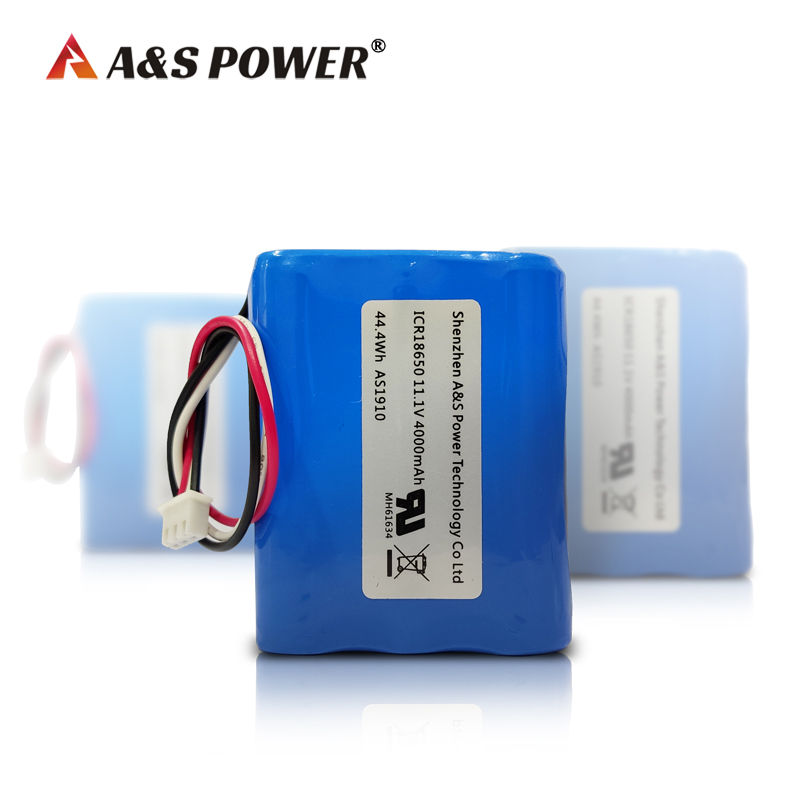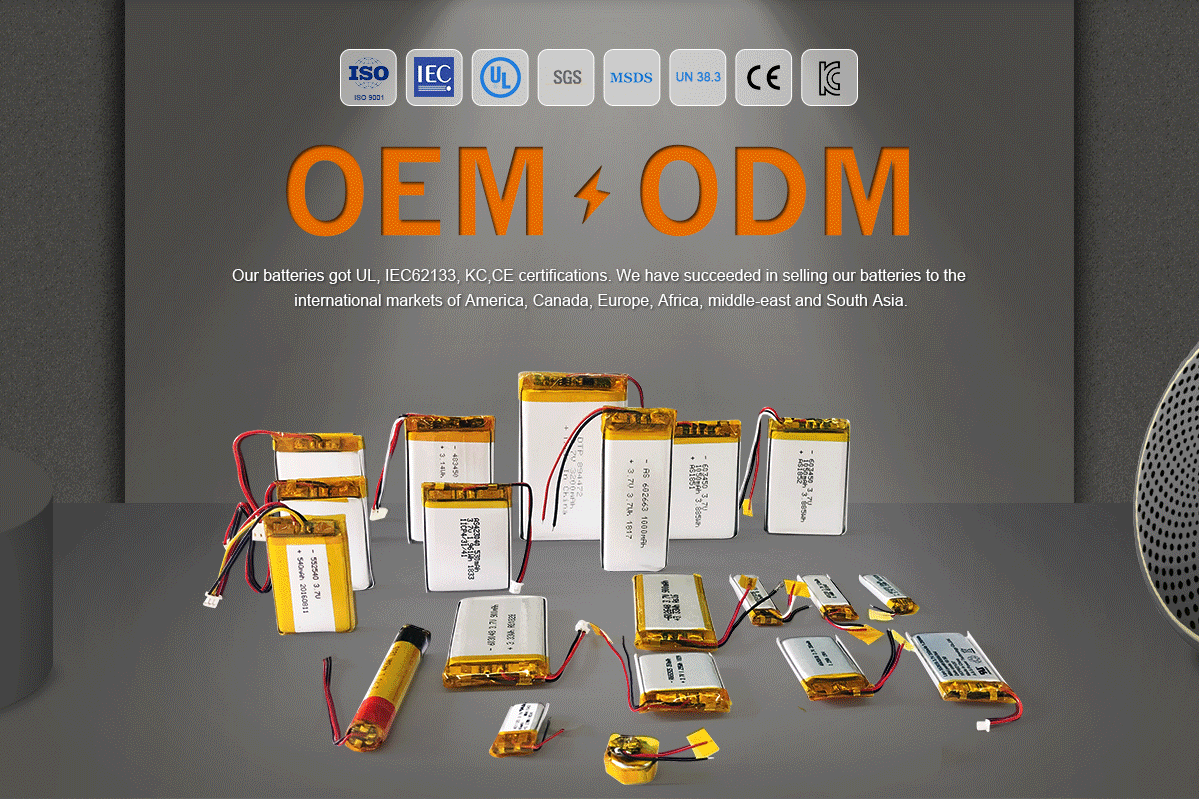Performance comparison of LiFePo4 battery pack and lithium ion battery
2021-09-14
Performance comparison of LiFePo4 battery pack and lithium ion battery
In today's power battery market, mainly lithium iron phosphate battery packs(LiFePo4 battery) and lithium ion batteries. Although both are secondary batteries, they can be used repeatedly for charging and discharging, but due to the difference in materials, there is still a big difference in the performance reflected in the use level.
Lithium iron phosphate battery refers to a lithium battery that uses lithium iron phosphate as a positive electrode material. The characteristic of this type of battery is that it does not contain precious metal elements (such as cobalt, etc.). Because it does not contain precious metal materials, the raw material cost of lithium iron phosphate batteries can be compressed very low. Lithium iron phosphate battery pack has the advantages of high temperature resistance, strong safety and stability, low price and better cycle performance.
Lithium-ion battery refers to a lithium-ion battery that uses lithium nickel cobalt manganate as the positive electrode material and graphite as the negative electrode material. Unlike lithium iron phosphate battery packs, the ternary lithium-ion battery has a high voltage platform, which means that under the same volume or weight, the ternary lithium-ion battery has a greater specific energy and specific power. In addition, ternary lithium-ion batteries also have great advantages in terms of high-rate charging and low-temperature resistance.
1. Comparison of energy density and cruising range
Compared with lithium iron phosphate battery packs, ternary lithium-ion batteries have higher energy density and higher voltage, so a battery pack with the same weight has a larger battery capacity, and the car can run farther and faster. The Tesla ModelS has a cruising range of more than 400 kilometers. BAIC EV200 uses a ternary lithium-ion battery processed by SK Korea, with a theoretical cruising range of 200km, while its predecessor EV150 uses a lithium iron phosphate battery with
2. Comparison of space occupation
For bulky electric buses, the space occupancy has less impact. But for household electric vehicles, the space occupation becomes more important. Lithium iron phosphate battery packs with lower energy density will occupy a small amount of car space, and due to the greater weight, the discharge life during use will also be greatly affected. Relatively speaking, the ternary lithium-ion battery with higher energy density saves space for family cars while dealing with the weight problem.
3. Comparison of low-temperature discharge performance
Taking 25°C as the reference room temperature, the two types of batteries are discharged at a high temperature of 55°C and discharged at a normal temperature of 25°C, and there is almost no difference in discharge capacity. But at minus 20°C, ternary lithium-ion batteries have clear advantages compared with lithium iron phosphate battery packs.
4. Charging efficiency comparison
In addition to battery life, charging is also an important part of the actual use of electric vehicles, and the ternary lithium-ion battery has a great advantage over the lithium iron phosphate battery pack in terms of charging efficiency. When the ternary lithium-ion battery and the lithium iron phosphate battery are charged under 100 Ah, there is no clear difference in the constant current ratio. When the battery is charged above 100 Ah, the constant current ratio of the lithium iron phosphate battery decreases rapidly, and the charging efficiency decreases rapidly.
5. Cost comparison
Compared with lithium iron phosphate batteries, ternary batteries need to use more precious metals, the most important thing is cobalt ore. In fact, our country has abundant reserves of lithium ore, iron oxide phosphate, and manufacturing iron phosphate lithium ion batteries has advantages. Since my country lacks cobalt ore, it will be difficult to manufacture ternary lithium-ion batteries that must use cobalt.
⒍Comparison of cycle life
For family cars, the rated cycle life of ternary materials and lithium iron phosphate power batteries far exceeds the actual user's usage habits, so the service life can be completely assured. Assuming that a new energy vehicle is charged on average 2-4 days, and the median value is calculated on average every 3 days, it takes about 120 times to charge for 1 year, and it takes about 8 years to complete the cycle life of 1,000 times. This is basically more than that. At present, consumers in my country have an even replacement cycle.
Follow us and explore more! 👉 Facebook














